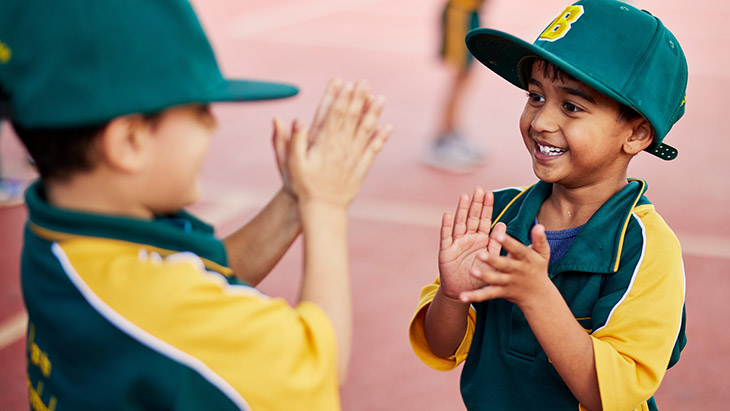Evidence-based strategies for blind and low vision
Identify different ways that a student can learn
Find out the best size, type and spacing for printed materials
Some students only need bigger text to be able to read. Some might have a certain size or font they like best. Providing extra material like this takes more time, so preparation is important. Give a warning when a transition is coming up.
Use hand-on learning
Students might learn better using touch. Tactile materials (things to touch or hold) can be graphs, charts or drawings with raised printing, or 3D models, which let students use their hands to learn.
These take time to prepare or need to be prepared before class. They also might take more time for students to use.
Braille and Large Print Services provide support and materials in alternate formats for vision impaired students who are supported by an itinerant support teacher (vision).
Describe images with words
Describing images verbally or in writing can help students access more types of information. Try combining descriptions of images with large print, Braille, or low vision aids.
Get students to re-read things
For students who take longer to read, “Repeated reading”, or encouraging students to re-read material, can help support their reading comprehension.
Consider the environmental setup
Let students choose their seating position
If a student is able to read at closer distances or certain angles, let them sit wherever is best for them.
Increase writing size on boards
Students with low vision might benefit from larger-sized writing on whiteboards and screens.
Practice literacy skills
Provide a consistent reading practice
